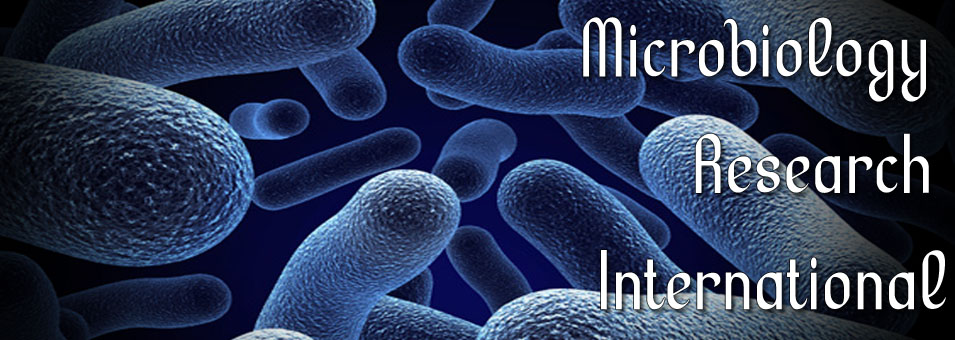Hen egg white lysozyme is less active against Gardnerella vaginalis biofilm than human lysozyme
Olivier Thellin, Danièle Zorzi, Pierrette Melin, Philippe Delvenne, Ernst Heinen, Willy Zorzi, Benaïssa El Moualij and Pascale QuatresoozMicrobiology Research International
Published: February 22 2018
Volume 6, Issue 1
Pages 1-6
Abstract
Bacterial vaginosis is a condition that affects millions of women worldwide. In most cases, it can be linked to the presence of Gardnerella vaginalis. Classical metronidazole treatments can lead to recurrence of bacterial vaginosis in more than 50% of cases due to its inability to fully eradicate the infection. This can be due to protective shielding of G. vaginalis by the biofilm it synthesizes. We showed previously that the co-administration of recombinant human lysozyme, as a biofilm-degrading agent, with the antibiotic greatly improves its efficiency in vitro. Lysozyme purified from egg white is less expensive than recombinant human lysozyme and is commonly produced as an additive for human consumption. Our goal was to compare the effects of recombinant human lysozyme with that of egg white lysozyme alongside a conventional antibiotic treatment for bacterial vaginosis, using in vitro vaginal biofilm models. The results obtained here show that recombinant human lysozyme is a more efficient biofilm-degrading agent than egg white lysozyme and therefore constitutes a better choice as an anti-biofilm co-treatment for current vaginal antibiotherapy against G. vaginalis infection.
Keywords: Hen egg white lysozyme, recombinant human lysozyme, Gardnerella vaginalis, biofilm.
Full Text PDF
